

With four games under its belt, Sega has taken a new approach to its beloved Yakuza series and added zombies and lots and lots of guns. Yakuza: Dead Souls is far more spin-off than typical Yakuza game. It’s an awkward transition that’s peppered with great fan service, but its obtuse control setup aims to hook longtime fans and fans of zombie action games and ultimately pleases neither. While it falls short of expectations, it’s still a game with some charm.
As last seen in 2011’s Yakuza 4, you play as four very versatile characters with intertwining stories. There's kind and charismatic loan shark Shun Akiyama from Yakuza 4, the one-eyed crazy series stalwart Goro Majima, Yakuza 2= nemesis Ryuji Goda (returning with an alternate back story) and series protagonist Kazuma Kiryu. The story is straightforward: a zombie outbreak has occurred in Tokyo’s fictional Kamurocho district (an homage to seedy Kabukicho). The army and Special Defense Forces are unable to control them, so they put up gigantic barricades to quarantine infected areas.
You soon find out that the rest of Tokyo isn’t sectioned off and fully functions just like it would normally. These zombie-free areas allow you to visit hostess bars, play pachinko, and reach out to arms dealers to mod weapons and buy supplies. In other words, it’s initially business as usual if you’re used to traditional Yakuza games. But as you play through Dead Souls, more and more of the city becomes infected and closed off, though you can still sneak out and complete side missions for people on the wrong side of the quarantine.
Unfortunately, Dead Souls shifts its mechanics away from the established series gameplay toward those of a 3rd-person action shooter, and that’s to its detriment. Because it still feels like Yakuza, but with unnatural gameplay stapled on, it’s hard to stave off hordes of zombies. The automatically shifting camera doesn’t do you any favors when you’re fighting in tight spaces against hordes of zombies. Your movements are just too slow to keep up with the pace of enemies, and it’s a frustrating combination.
Another puzzling design decision is Dead Souls’ lackluster auto-aim. You can’t move while aiming, and at times, it points at anything but the zombie that is charging toward you. By the time you get the target right, you may be avoiding a bite. You can pick up blunt objects around you to try and clear some space by bashing and swinging, but you still need to shoot those zombies full of holes. For more dramatic takedowns, a Snipe Gauge fills up as you fight; when full, it enables you to unleash a destructive Heat Snipe attack, in which you fire at a marked explosive barrel or fuel tank, via quicktime event. The catch is that your Snipe Gauge works as a combo, so if you’re attacked by zombies --not impossible, given the gameplay issues-- you lose your meter buildup. At certain points in the story, NPCs can help out if they're not incapacitated, but you'll find yourself trying to bail them out of zombies swarms quite often.
Traditionally, Sega’s Yakuza games have a unique hand-to-hand combat system that’s brutal and satisfying. Throughout the games, you learn new fighting techniques and takedown moves that can be ridiculously badass. Normally, you’re able to wander around Kamurocho between main missions, and random street punks or gang members will challenge you to a fight. The whole fun of willfully accepting these is the knowledge that you'll get to beat them over and over with anything laying nearby, from a trash can to a bicycle --and sometimes even a motorcycle if you're lucky. In Dead Souls, you still have the option to do this, but it takes more time than it would to just kill enemies, plus the satisfaction of Yakuza’s beatdowns are diluted by the fact that these zombies will just get up and take more punishment.
Despite the frustrating game design, the game has a great story and cut scenes filled with moments of humor and suspense. Kamurocho is still flourishes with a sense of freedom to roam, just like in prior games, though there’s something grim about the sense of decay and destruction amidst the zombie attacks, especially if you’re been invested in years of exploring this world as Kiryu. It’d be like revisiting Liberty City after a zombie invasion, if you’ve played dozens of hours of Grand Theft Auto games. Even with a spin-off story that could easily derail the series, it still manages to tie in the main clans and gangs from previous games. The feeling you get from watching the story unfold through enticing cut scenes is still there, and that signature narration lends the game its trademark charm.
In the end, Yakuza: Dead Souls occupies a peculiar space in the overall canon. As a third-person zombie action game, it’s awkward and clumsy, and therefore, a difficult recommendation for gamers looking for a post-Dead Rising quick fix. As a Yakuza sequel, the shooting mechanics don’t jibe with anything you’ve done in the series since 2006. Yet, there’s still some fun elements with big payoffs for gamers who’ve invested dozens of hours in Kamurocho. The sum of its parts don’t always add up, but there’s enough in Yakuza: Dead Souls for those who’ve visited this world to see how it all ends.
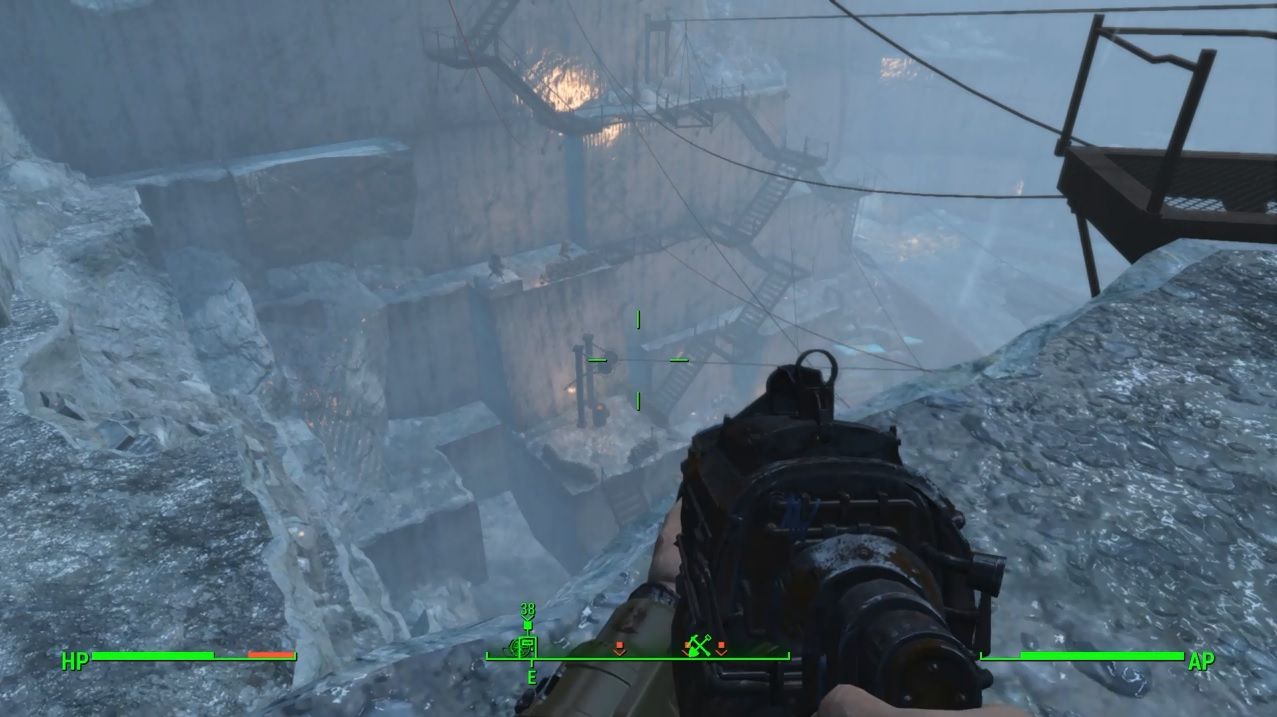
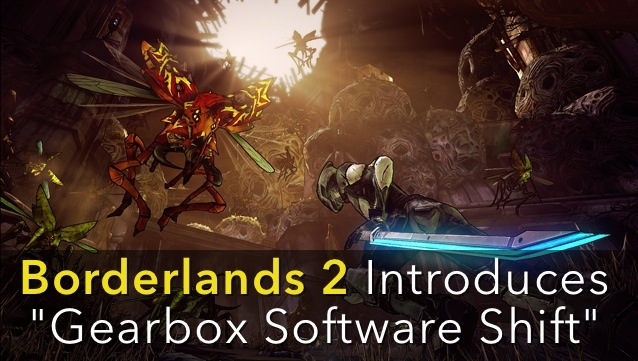

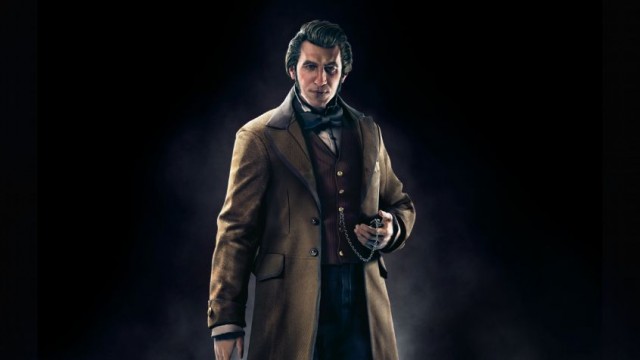
 15 Biggest WTF Moments in Video Games From The Current Generation
15 Biggest WTF Moments in Video Games From The Current Generation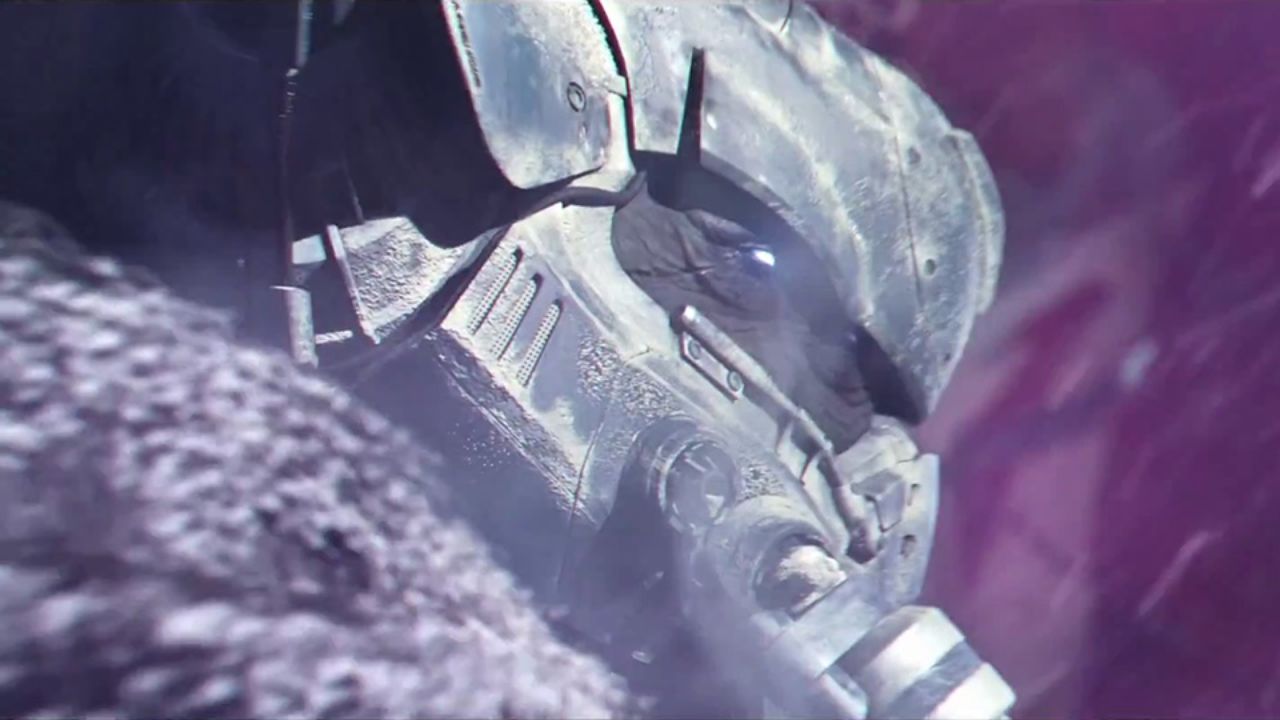 How to get House of Wolves Gear early in Destiny
How to get House of Wolves Gear early in Destiny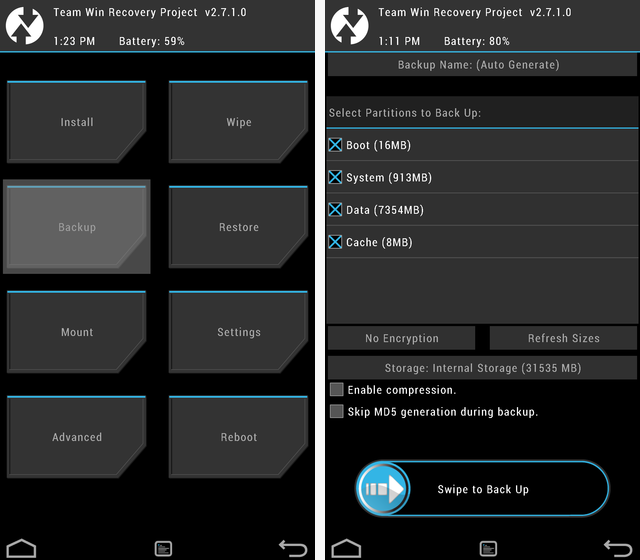 How to View & Send the New iOS 9.1 Emojis on Android
How to View & Send the New iOS 9.1 Emojis on Android Oculus Rift vs. HTC Vive vs. Playstation VR: Which Should You Buy?
Oculus Rift vs. HTC Vive vs. Playstation VR: Which Should You Buy?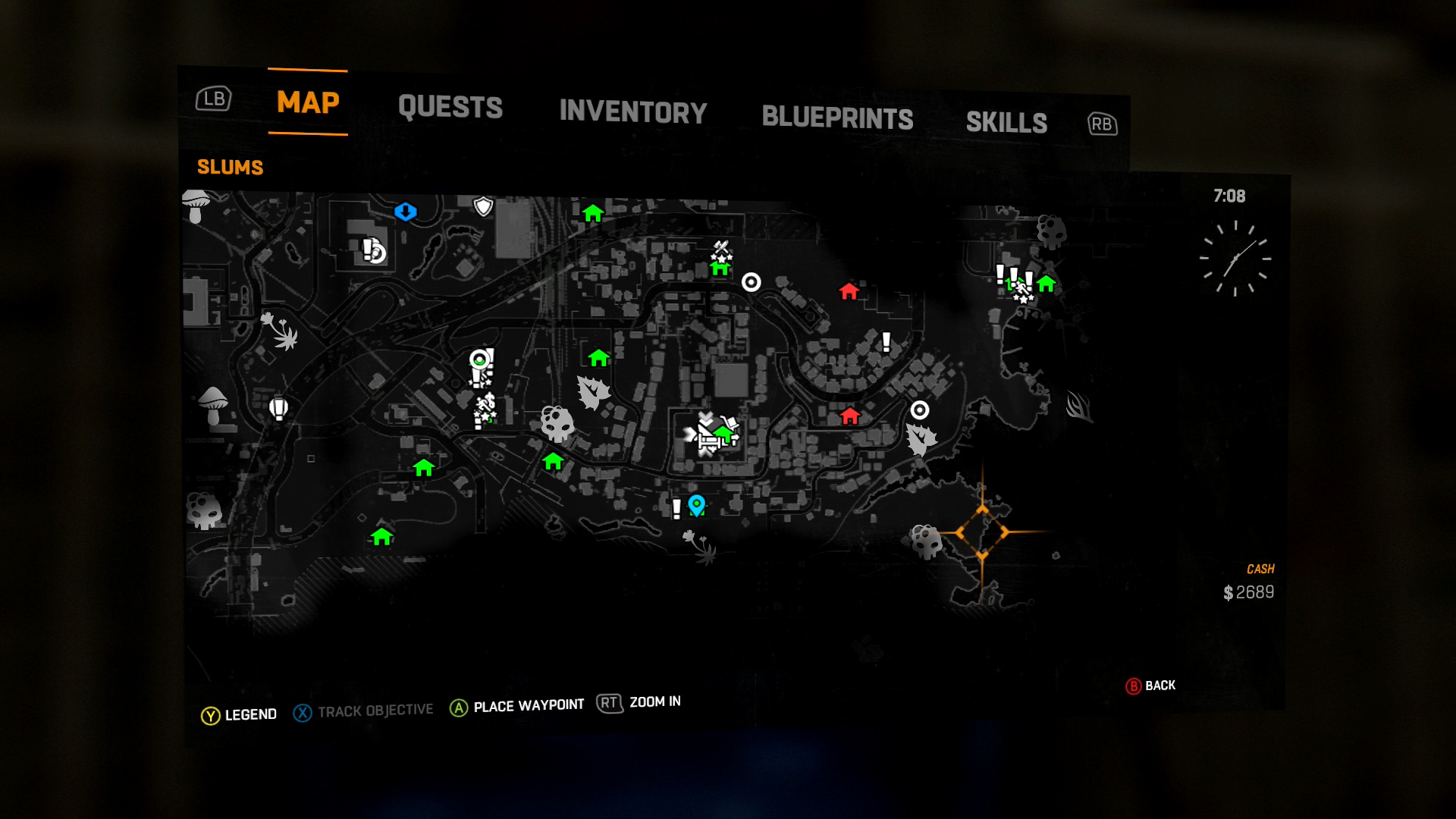 Dying Light: Locate EXPcalibur and its Blueprint
Dying Light: Locate EXPcalibur and its Blueprint